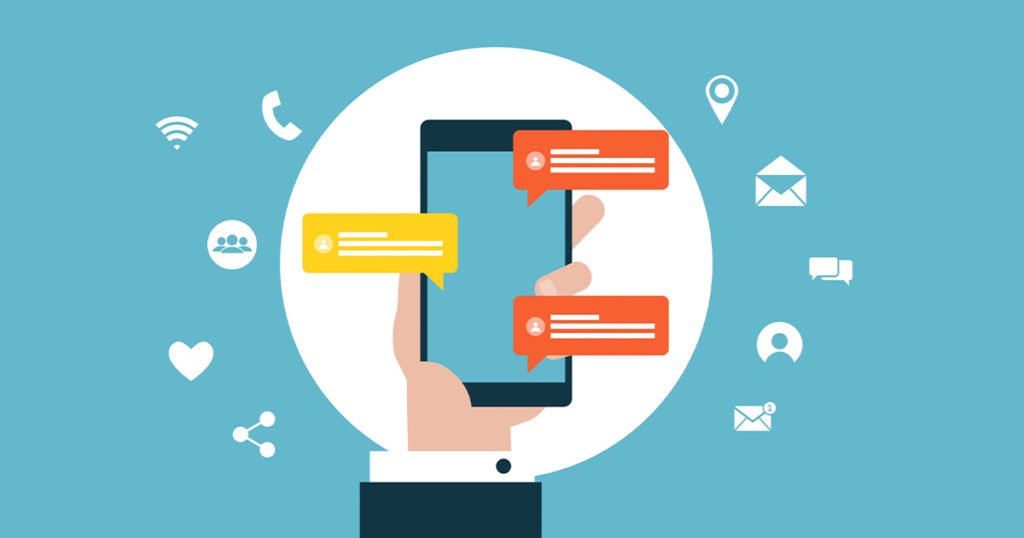40 million companies are now active on Facebook Messenger. With increased user expectations for more personalized, one-on-one interaction that puts them in touch with their favorite brands on the go, the onus is on businesses to get involved and pay attention.
The platform recently published a report exploring this embrace of conversational commerce, when consumers and businesses interact through chat with the intent to drive purchase. The travel sector is one example seeing a spike in messaging use, but the insights, including important consequences and valuable opportunities, are important for all companies to note.
Here are a few highlights that help address key questions including why messaging is the new normal and how it can be used to innovate and develop fresh ways to garner attention.
Messaging offers familiarity
Sixty-four percent of people claim they would prefer to message rather than hop on the phone with a business and more than half (60%) say they’re open to receiving personal messages from companies.
Why? Any consumer, particularly travelers, demand flexibility and conversations that feel natural. Being able to send a chat to a business at your own convenience and while on the move checks both of these important boxes. More importantly, messaging apps don’t make you go through the hassle of navigating new interfaces or downloading yet another program that will only clutter us with more notifications but demand more of our mobile phone’s precious storage and battery.
The report pointed to Canadian airline WestJet as a leading example in the space. Its customized bot, Juliet, not only delivers on a combination of familiarity and convenience but helps put a human face to the brand. In turn, WestJet saw a 24 percent life in positive sentiment among travelers and expanded the number of messages that could be responded to by 5X.
Messaging is built for real-time conversations
One of the biggest draws for messaging is that it is fundamentally built to cater to a sense of urgency. Facebook has made clear the strong correlation between responsiveness and business outcome. With the medium being so instantaneous and intimate, it isn’t far fetched timeliness would go hand in hand. The takeaway, simply put, be as prompt as you can in responding and make good on expectations set around the turnaround for responses.
Airline KLM, the report discusses, was one of the early pioneers of Messenger to enhance the flying experience. This spans sharing boarding passes, flight updates, and more all in one simple place. More recently, KLM turned to Facebook-owned WhatsApp to provide real-time confirmation upon booking, gate assignments, and changes to the flight status. Beyond the individual flying, the company has tapped into Messaging to loop in family members or friends about flight arrivals to save the customer a step from having to relay the information themselves.
Messaging fuels personalized, scalable interactions
Ninety-one of consumers say they are more likely to buy from brands that remember who they are and that provide relevant recommendations.
With the evolution of new technologies like AI, AR, and VR, brands can more easily and effectively craft personalized experiences at scale — closing the gap between discovery and action and pushing more success for in-store services and purchases. This is primarily due to messaging allowing brands to connect with people at multiple touchpoints across the customer experience.
While catering to individual preferences and tastes can seem daunting, there are three simple ingredients to incorporate into your approach to set yourself up for success: be direct and succinct, focus on the value-add, and leverage technology to enhance the relationship outside of the 24-hour window.
Users are reaching out more often than not with a targeted need or question. In this vein, keep follow-ups tight and focused and communicate customer value. Make calls to action easy to decipher and give them options for how’d they like to be notified.
For example, messaging tags are ideal for non-promotion but timely updates, one-time notifications, or sponsored messages to share announcements outside the standard messaging window. These will all help play into the human lens notion and allow exchanges to feel more natural and expected and less spammy when hand-picked by the consumer.

